Ali Gholi Agha Historical Public Bath(ali gholi agha hammam) is located in Isfahan, a province of Iran. Ali Gholi Agha is located on the northern part of the Zayenderood River and downtown Chahar Bagh (a neighborhood in Isfahan).
Ali Gholi Agha’s public bath is a part of a larger structure that includes a bazaar, mosque, caravansary, public school, Zour Khaneh (a gym where Iranian men practiced a type of sports that is closely related to the modern form of bodybuilding), and Charsoogh (a place in the middle of bazaar where four halls were introduced to one each of which one chose would lead one to a different part of the bazaar).
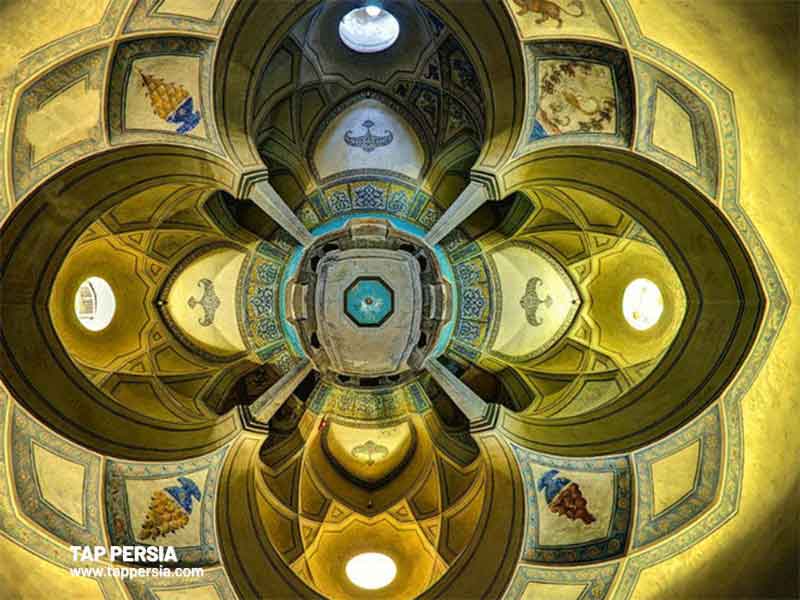
Ali Gholi Agha’s Public Bath was built by Ali Gholi Agha, one of the eunuchs of Shah Soltan Hossein (one of the rulers of the Safavid Dynasty). Ali Gholi Agha personally funded the project of building this bath since he wanted to create a place for the public to bathe easily. Ali Gholi Agha’s public bath dates back more than three centuries ago.
Men and women could use the public bath from down to the middle of the day in separate hours. It has a space of more than 900 square meters. It is, of course, no longer used as a public bath, and it is preserved as a part of the Safavid era’s cultural heritage. Recently, the public bath has turned into a museum. Visitors from all around the world can visit this public bath throughout the year.

Introduction of ali gholi agha hammam
Ali Gholi Agha Public Bath was built in 1713. It is located in the Bid Abad’s (a place filled with willow trees) neighborhood of Isfahan.
It consists of two bathes, one spacious and the other slightly smaller in size, and it has a Chal Hoze (a structure that was built at the center of public baths to store water which functioned as a pool where visitors could jump in and enjoy the feeling of warm water on their skin) at that center of it.
Each of the two bathes had its locker room (traditionally called “Sarbineh”) and a warm house (traditionally known as “Garm Khaneh”) which reminds one of the modern saunas.
People stayed in the warm house to relax and wash up. Because of the magnificent heating system of the bath, the floor was always warm to the degree that one would never feel their feet getting cold once walking around the bath.
Architecture
The entrance of Ali Gholi Agha Public Bath has an octagonal design which is traditionally called “Hashti” (having eight angles). This form of architecture is one of the hallmarks of Islamic architectural design.
The architecture of Ali Gholi Agha Public Bath reflects the architectural standards of the late Safavid era, which include having a dome-shaped roof, the tilted walls that were covered with beautiful ceramic tiles that glorified Persian patterns, and a magnificent lighting system that would allow the entire public bath to fill the entire structure with natural light. Keeping the entire bath filled with light was not an easy task.
The architects of this building had incorporated small convex mirrors in the walls that would allow the light to reflect the other parts of the room.
This reflection of light in multiple mirrors each of which reflected the other kept the entire structure bright and filled with light. One of the most important factors about inserting these mirrors into the wall was that they only reflected the light from the outside to the inside and not from the inside to the outside.
This indicated that if somebody would stand on the roof of Ali Gholi Agha Public Bath would not be able to see the inside of the bath by looking at the mirrors.
If there is anything that sets apart Persian architects in the past centuries is their attention to detail and their genius to incorporate the elements of nature and physics in their designs.
There was also a delicate water heating system used in this public bath as well. The main source of water for both bathes was a famous well called “Chah Gav” (the well of the cow) which originated from a place called “Gavoru” (where cows walked) at the western part of the bath.
The well’s water would then be relocated to a tank at the top of the public bath and from there it would be delivered to the bath using pottery containers for everyday use.

The heating system included a fireplace, a place where fuel for the fireplace was stored, Tian (the special container that was used to heat the water), and a pit in which the ashes of the burned wood would be collected. The main fuel used to heat the water as wood and coal.
The magnificent heating system even directed the smoke caused by the burnt coal to be directed to the tubes that were instilled on the ground to be used for keeping other parts of the bath warm. The main reason that the floor in the bathes was always warm was due to these tubes.
Therefore, it can be concluded that the heating system of the bath was designed to use the minimum amount of energy to produce the heat needed for the entire public bath. Furthermore, in multiple parts of the bath, there are some fountains put in place. The fountains when overflown with water would create a beautiful sound that would be echoed throughout the entire bath and would make a more pleasant bathing experience for the visitors.
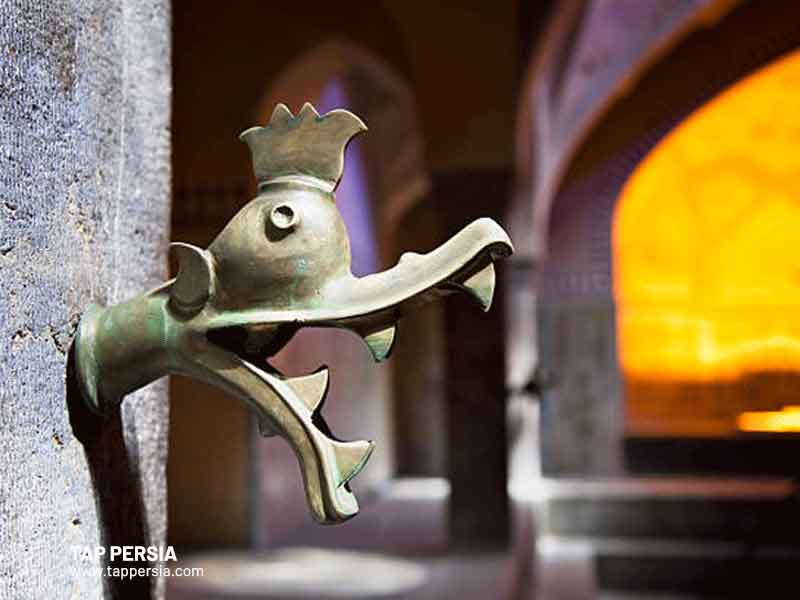
The warm house (Garm Khaneh) is surrounded by marble walls, and the walls are adorned with beautiful ceramics with the famous patterns of “Gol-o-Boteh” (the bird and the flower).
Khazineh (the place where people washed up) is placed in the warm house as well. There were multiple sections in the Khazineh. Some were sections that were only used by the people of higher status including the kings, royals, and the people who worked in the royal court.
The part of the bath that was specifically dedicated to the King was called “Shah-Neshin” (where the king resides). On the southern part of Garm Khaneh, two special sections were used by the king known as “Eastern and Western Shah-Neshin”.
The other sections were dedicated to normal people and people from the lower walks of life. At times the royals would rent the entire public bath facility and the public had no right to enter the public bath during those hours and even days.
On one of the walls of Garm Khaneh a portrait of a man wearing a distinguished garment and a hat, and he is holding a cane. This portrait is believed to be the portrait of the founder of the public bath Ali Gholi Agha. The sewage system of the bath was designed in such a way that it would deliver the trash from the ground floor of the Garm Khaneh and other places of the bath to a place outside the public bath. After drying out, the sewage would then be transported to some other place.
Such a system is traditionally called “Gand-Ab” (the water filled with sewage). As stated previously the structure of the Ali Gholi Agha Public Bath is divided into two main bathes, one larger and the other small, and a Chal Hoze which was like a pool that people jumped in and enjoyed some water sports. The Chal Hoze was built in the following dimensions 13*5 square meters and it was more than 4 feet deep.
On the various parts of the bath, some white stones have been carved on the surface in a way to create a layered structure. These stones were used as a massage tool; people would use them to scratch their backs and to feel relaxed. These stones were placed next to the water pools in a vertical pattern.
The visitors would then lean their backs to them and the hot water would pour down straightly on their backs which made these structures the precedents of modern massage chairs.
This historical public bath was restored in 2004. Since 2005, Ali Gholi Agha Public Bath has turned into an anthropological museum that welcomes visitors from all corners of the world each year. Visiting this public path gives one valuable insight into the people who lived during the Safavid era.
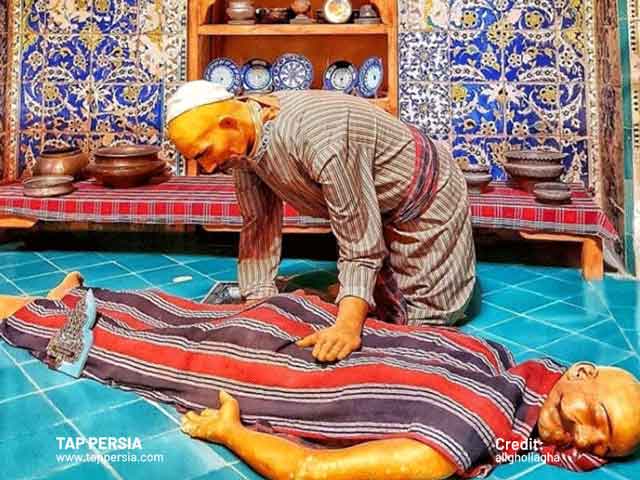
There are multiple paintings on the wall that showcase the type of arts, sports, and beliefs people practiced in that era.
For example, through these paintings on this specific part of the bath, one can see that people during the Safavid era practiced horse riding and archery which subsequently indicates that they were interested in hunting as well.
On the other side of the wall, there is a picture of a man holding an item that looks like a “Ghalyan” or “Hookah” (a type of water pipe that was used for smoking and vaporizing tobacco at the time. The fact of the matter is that the practice of going to the public bath in the Safavid era was not merely done to clean oneself. It was more than that.
People at the time went to bath and stayed there sometimes for half a day. They used to say their prayers and sleep there for a couple of hours. They brought food and other refreshments with them. They discussed the matters of their everyday life – the public baths were a hot spot for normal gossip for regular folks.
It was also a place where heads of state discussed the matters of politics. The former chief minister to Naser al-Din Shah Qajar was assassinated in one of these public baths in Kashan.
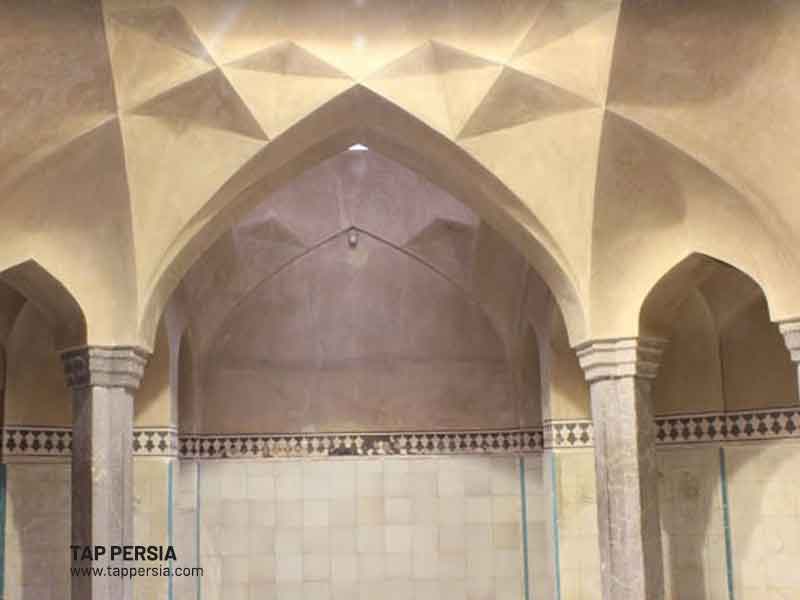
Therefore, it can be suggested that public baths played an important role in the Iranian culture. At a time when most nations did not even have access to clean water, Iranians prided themselves on providing the best facilities for the people of their country to enjoy their lives and maintain their health and sanitary state.
After all, it was for this mere purpose that Ali Gholi Agha ordered this entire facility to be built at his own expense. As previously stated Ali Gholi Agha Public Bath is only one part of a larger structure that includes a mosque, a public school known as Maktab (a place where people went to learn to read the Holy Quran), a bazaar, multiple shops, and a caravansary.
The main purpose of this entire structure was to create an environment where people can grow and prosper. Children can learn while their parents go about their daily business. Mothers can go to the public bath along with their children to catch up with the latest gossip and entertain themselves. And visitors can merely find a place to rest and wash off the heavy toll of a long journey to get here. Ali Gholi Agha Public Bath is more than a public bath; it is a center of cultural, political, and financial growth.
click on the Iran tour package to visit more sightseeing & adventures.
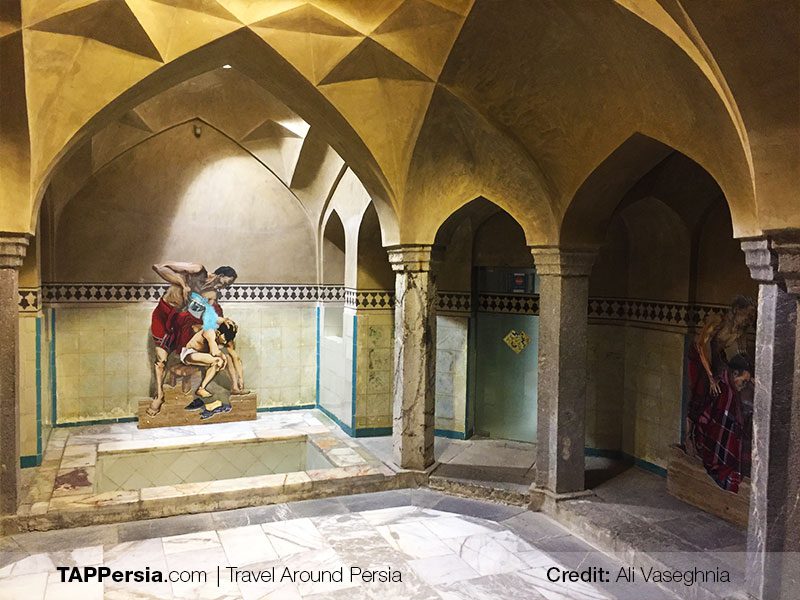
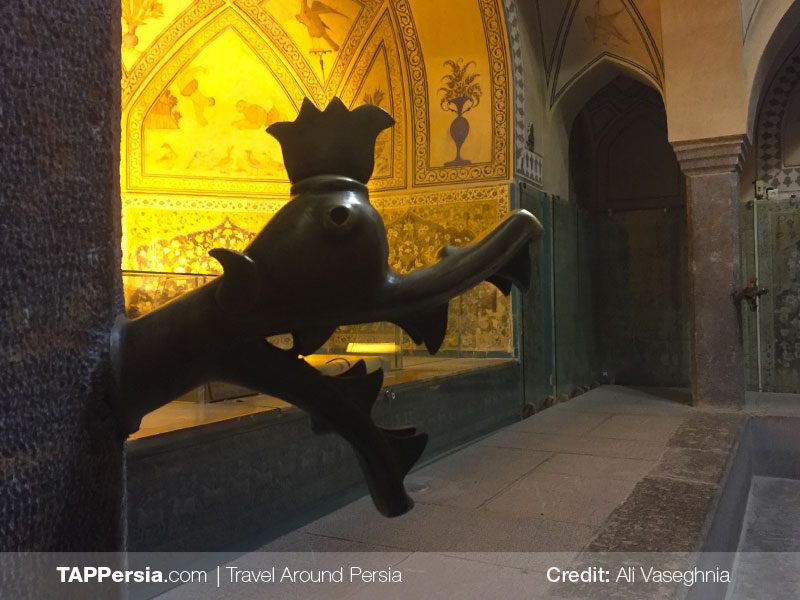
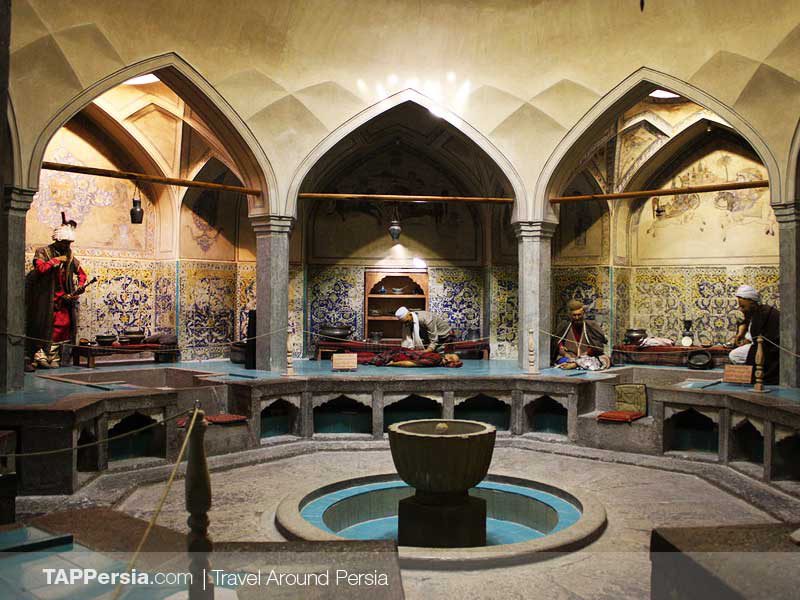

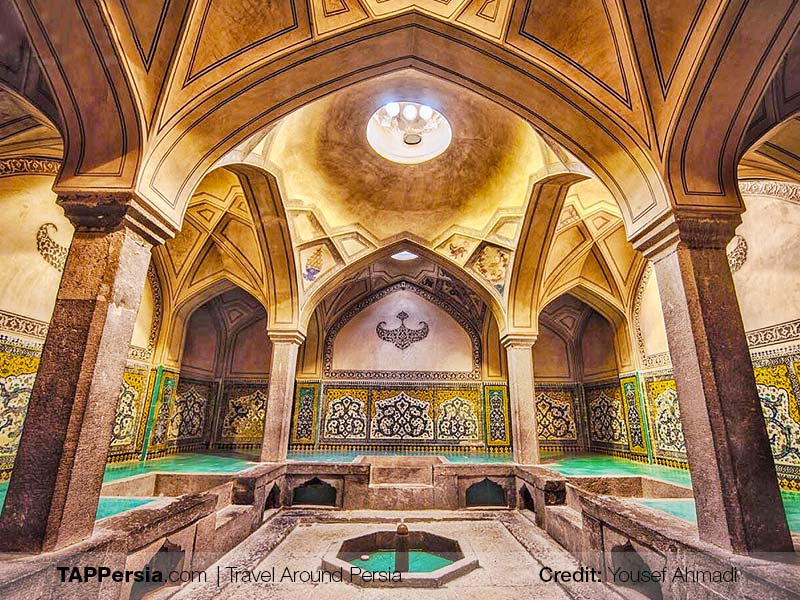
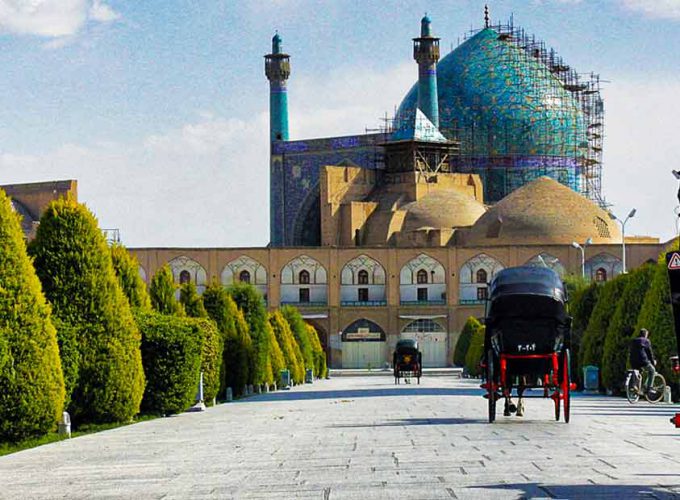
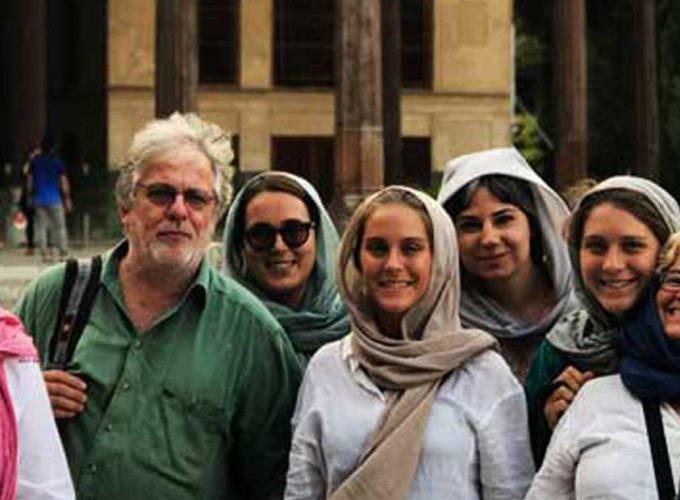
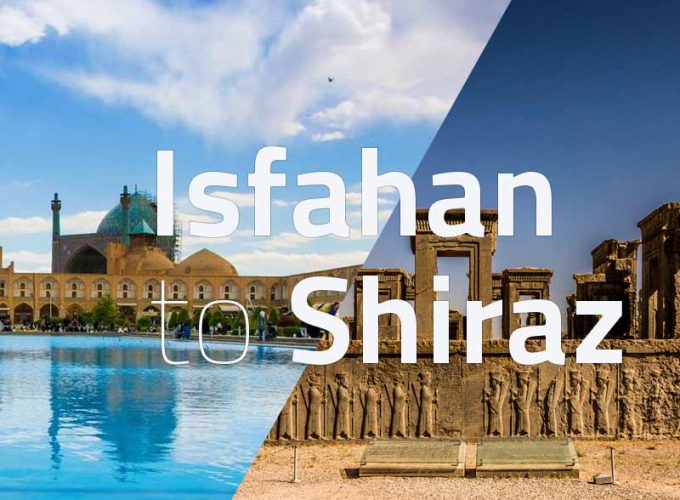
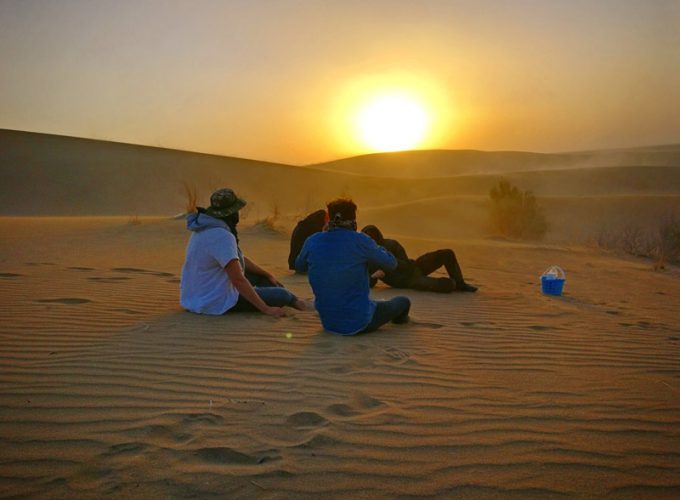
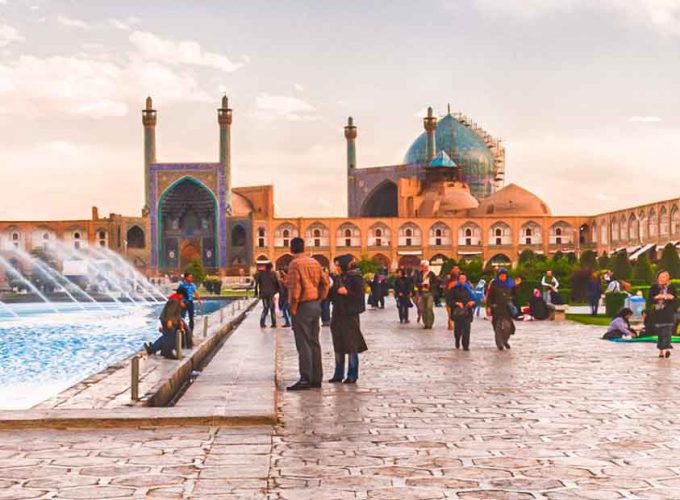
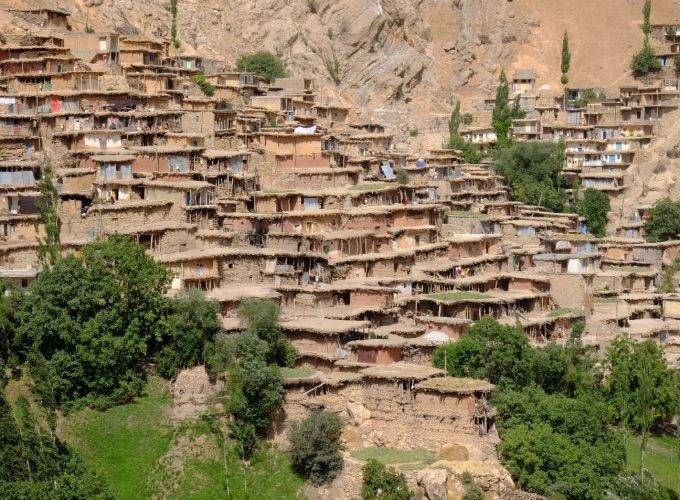


Comment (0)